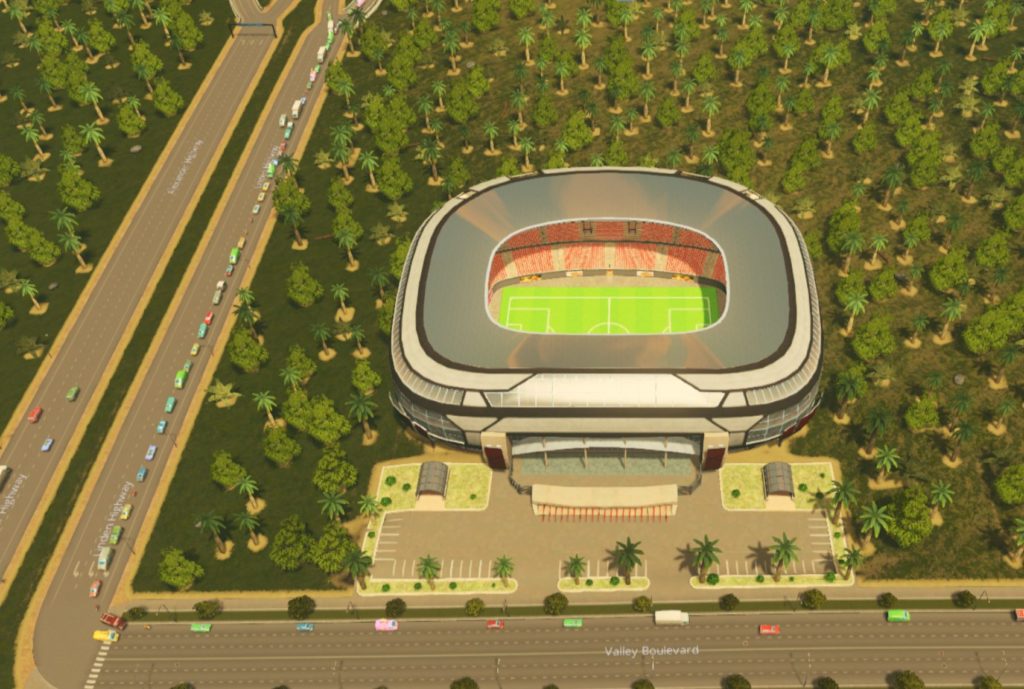 A reoccurring theme in our questions is the discussion of the unknowns, how do we go about making the right infrastructure decisions, what are questions we need to ask and find answers to.
A reoccurring theme in our questions is the discussion of the unknowns, how do we go about making the right infrastructure decisions, what are questions we need to ask and find answers to.
We can use as an example the recent and exciting debates over the efficacy of tearing down and rebuilding various stadia in NSW. Setting aside the significant politicking associated with announcements, defending decisions, backflips and the like; the following is clear:
The policy(1) of the NSW government state:
“[W]orld class facilities and ensure Sydney remains the major events capital of Australia.”
“[C]ritical to attracting big-ticket events and visitors, maintaining a strong NSW brand and generating social and economic benefits.” The cost-benefit ratio for the projects hover around 0.6, meaning there is a net cost to the community for generating the benefits.
“[E]nables NSW to bid for and host a wider range of events.” Also at net cost to the community.
The residents of NSW did not believe these are worthy goals, certainly not at the anticipated cost. A petition for reviewing the decision gathered over 200,000 supporters including the Lord Mayor of Sydney (2).
It is certainly not clear how these projects “support liveability for the people of NSW.”, another stated benefit of the projects.
An additional interesting item is reported that “When cabinet first approved the government’s policy of building two stadiums at a cost of more than $2 billion last November, ministers were told the BCR for Allianz was 0.6; potentially up to 0.8 if the value of the asset when it was not being used was counted.” (3) From an Infrastructure Decision Making perspective this is troubling as it indicates that the asset is significantly idle, but more importantly, that ministers may be encouraged to think of cost benefit analysis as flexible, that an idle asset returns value to the community.
Sydney’s Lord Mayor is also reported as stating “she still had not seen a comprehensive business case for rebuilding or remodelling the stadiums.” (4)
From the reaction to the announcements and the public response it is clear:
- The decision-making process for replacing the stadia was not sufficiently robust to withstand the weight of cursory public scrutiny.
- The achievement of benefits that exceed the cost of the project is not a significant motivator for decision makers.
- Claimed financial benefits from policy could not be substantiated.
My question, posed by Rob Didcoe, is “What information can we provide that will allow politicians to make the best possible decisions on behalf of the community?”
1. https://sport.nsw.gov.au/aboutus/OOS/SIG/nsw-stadia-network
2. https://www.change.org/p/premier-berejiklian-stop-nsw-government-wasting-2b-rebuilding-sfs-olympic-stadiums
3. https://www.theaustralian.com.au/national-affairs/state-politics/gladys-berejiklian-crunching-the-numbers-for-stadiums-rebuild-funding/news-story/4c830abd5b2087047c0a3d28d956c972
4. https://www.abc.net.au/news/2018-03-29/nsw-government-backs-down-on-stadiums-backdown/9600654

Interesting question that has plagued AM practitioners since as a kid they started building sand castles on the beach…..
First point is the assumption that politicians want to make a decision – that is highly unlikely if the ramifications are unknown, unreliable or unlikely to favour a re-election.
Secondly, if the politician needs to make a decision, their priorities may not match/coincide with the community.
Back to the question but re-framed – how do we manage politically charged decision making? Some thoughts below.
1. Understand the political process.
2. Understand the politician and the community.
3. Only use facts, not assumptions or views from other sources.
4. Provide a balanced argument – for and against. I prefer this as it actually ensures you have researched your topic. Did you only look for facts that supported your view and ignored any counter facts?
5. Use simple language. No grandstanding/technobabble allowed.
6. Write or deliver it as a story – not a technical boring document that nobody reads past page 1.
7. Relax and Merry Xmas……………
Kim, Well spotted. Reframing propositions allows us to introduce new and potentially better questions I like your suggestions. A further benefit from following your prescription is that anyone following it is likely not only to get the attention of the politicians – but also the attention and support of the wider public.